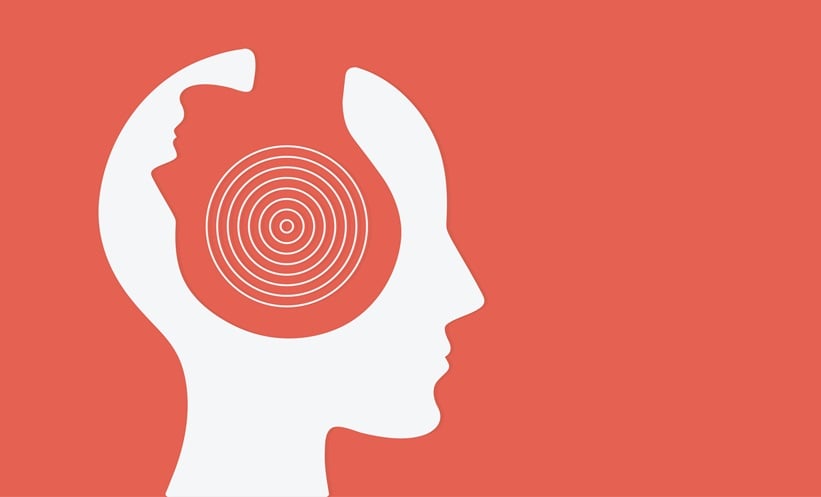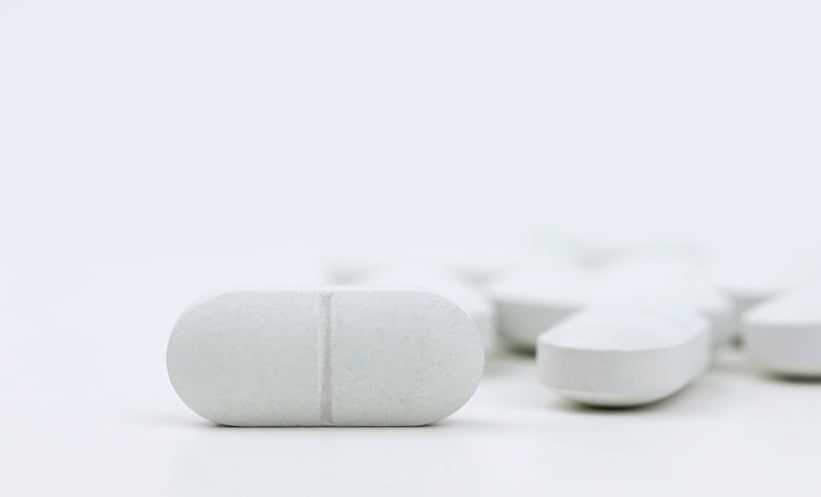INTRODUCTION
The risk of systemic or intracranial haemorrhagic complications in patients with anticoagulated cardioembolic stroke is double that in primary prevention.1,2 In the literature, direct-acting oral anticoagulants (DOAC) induce a reduction in the risk of intracranial haemorrhage (ICH) versus anti-vitamin K of almost 50%, but patients with ICH present with similar rates of mortality.1-3 In this study, we present our clinical experience of ICH secondary to DOAC in secondary prevention of ischaemic stroke and search differences in clinical characteristics.
MATERIAL AND METHODS
This observational, retrospective study included patients receiving DOAC for secondary prevention of ischaemic stroke in our tertiary hospital from October 2010 to June 2015. Clinical and radiological characteristics of these patients were obtained and both groups (events in patients both with and without ICH) were compared to determine functional outcome and a long-term strategy of anticoagulation.
RESULTS
A total of 425 patients (57.7% receiving dabigatran, 24.7% receiving rivaroxaban, and 17.6% receiving apixaban) were included in the study, with a mean follow-up of 20.0±18.1 months. Of these patients, 53.4% were women, mean age was 77.1±10.2 years, median CHA2DS2-VASc score was 5 (range: 2–8), and the median HAS-BLED score was 2 (range: 1–4). During the follow-up there were 10 (2.3%) cases of ICH, a median of 36 months (range: 7–78) from the beginning of treatment, with an incidence rate of 0.015 cases per person-year. These patients had no differences in age, vascular risk factors, renal function (measured by glomerular filtration rate), or percentage of previous ICH. Patients with ICH had the same embolic and haemorrhagic risk as patients without ICH. Of the patients who had experienced ICH, 8 were treated with dabigatran (7 with dabigatran 110 mg twice daily and 1 with dabigatran 150 mg), 1 with apixaban 5 mg twice daily, and 1 with rivaroxaban 20 mg. Dose of DOAC was adequate on the date of the event in all patients. There were five spontaneous intraparenchymal haematomas (median of volume 20.6 mL [2.4–149.1 mL]) and a median National Institutes of Health (NIH) Stroke Scale score of 10 (1–17), three post-traumatic subarachnoid haemorrhages, an intraventricular haemorrhage, and a subdural haematoma. At 3 months, 70% presented a modified rank scale value of ≤2. Two patients died due to massive haemorrhage (volume >100 mL). In 3 patients the same DOAC was restarted and in 1 of them the DOAC was changed. Anticoagulation was discontinued in 4 patients as a result of intraparenchymal haemorrhages. A percutaneous closure of the left atrial appendage was performed.
DISCUSSION
Direct anticoagulants are the treatment of choice in patients with atrial fibrillation.3-5 These drugs have been shown to be just as effective as anti-vitamin K drugs, but with a lower incidence of intracranial bleeding.
In this real-life study, in line with most published studies,2,6 patients with intracranial bleeding had lower bleeding volume and lower mortality, as well as a better functional outcome. In patients treated with dabigatran, reversal with idarucizumab should be considered.5,6 In patients undergoing treatment with anti-factor Xa drugs, treatment with prothrombinic complex should be considered until approval of andexanet alpha by the European Medicines Agency (EMA).6
CONCLUSION
The rate of ICH in patients with DOAC in secondary stroke prevention was similar to the pivotal studies, and patients presented with fewer disabilities. The secondary prevention strategy in these patients should be assessed in future studies.







